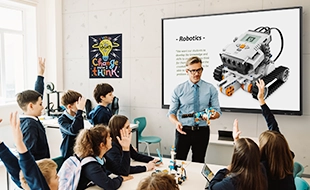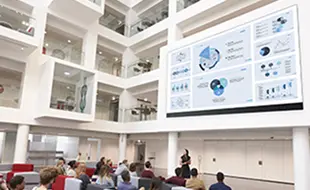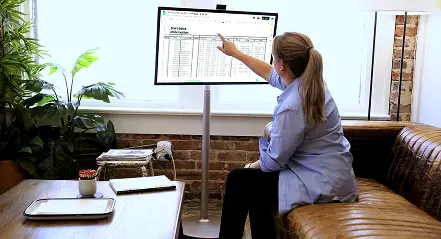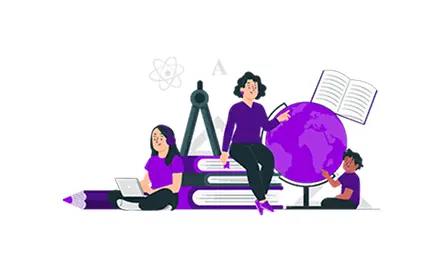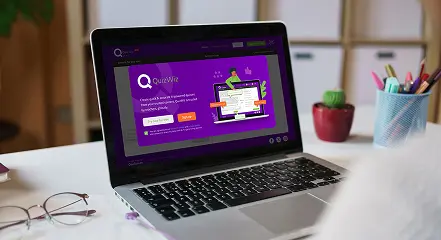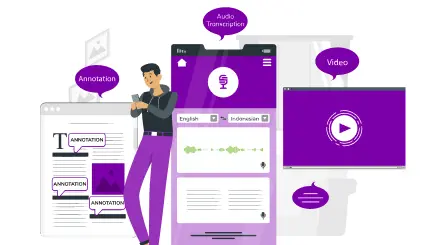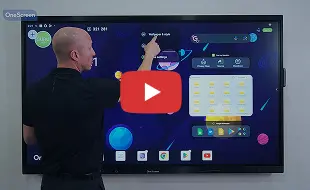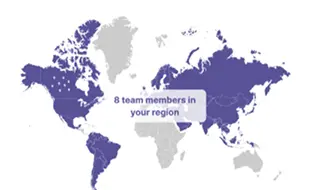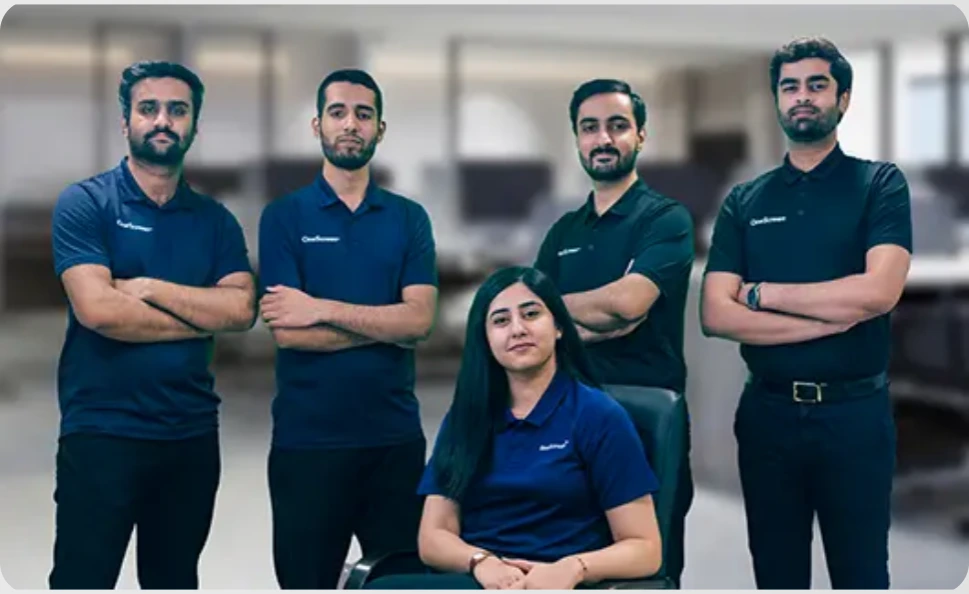
Increase Productivity in the Workplace
There’s an ancient saying along the lines of “extra is excess.” That becomes crystal clear when you’re packing a bag for a long trip, but it’s the opposite of what’s happening with productivity in the workplace. Things are getting more complex at work as people strive to get more done, hit their efficiency goals, and not waste a single second. In the end, the benefits of simplicity often get lost in the rush to meet everyone’s expectations.
Tips for Bringing Simplicity to the Workplace
The Simplicity Index
What if you didn’t have to choose? Imagine if you could accomplish more by subtracting tasks instead of adding them. That’s the promise of the simplicity mindset, for both individuals and enterprises.
Exhibit A is the Simplicity Index, assembled by brand designers at Siegel+Gale. The Simplicity Index works from a global survey to assign simplicity scores to companies with:
- the simplest communications and interactions for customers
- the simplest workflows for employees
- the highest brand awareness and perceived usefulness by the general public
This survey also assigns simplicity scores to entire industries, based on:
- how easy it is to understand the terms and conditions
- the transparency the industry has as a whole
- how clear it is that companies care about customer needs
- the industry’s usefulness is in the daily lives of customers
For 2018-2019, top simplicity scores went to companies like Netflix, Aldi and Uniqlo. In terms of industries, consumers identified “Internet Search” and “Electronics” as the sectors most likely to present simpler experiences, while “Social Media” and “Insurance” ranked as the most complex and confusing. Within each industry, of course, there was a wide range of variations.
The most important takeaway of their work, consistent across eight years of the survey, is that simpler brands perform better financially as well as in consumer sentiment. More than half of consumers are willing to pay a premium for simpler experiences and two-thirds of consumers are more likely to recommend a company that prioritizes simplicity.
That adds up to stronger profitability across the board. A portfolio made up of the top global brands in the Simplicity Index would have outperformed an average of the leading stock indexes by 679% over the past decade. Siegle+Gale’s co-CEO Howard Belk wrote, “[O]ur study reaffirms an increasing demand for transparent, direct, simple experiences that make peoples’ lives easier. Once again the data proves that simplicity pays.”
For company leaders looking to turn a simplicity mindset into measurable gains in the workplace, here are a few simple suggestions:
Take a break. Consider how you could apply the Pomodoro technique on the organizational scale. Pomodoro refers to a time management approach where tasks are broken up into a series of 25-minute uninterrupted work sessions followed by 3-5 minute breaks. After the fourth work session, the break expands to 15-30 minutes, then the cycle resets. The full Pomodoro technique has many more details, but as a metaphor it just means you gain productivity by making time to evaluate your team’s workflow. What is getting in the way of reaching team goals? Which technologies or team skills do you need to bring in to change that? What could you subtract from your day?
Shrink the meeting. The first thing that many people identify as the biggest time waster at work is “too many meetings.” Harvard Business Review reported that 71% of senior managers consider most meetings to be “unproductive and inefficient.” They also found that meetings tend to prevent them from completing their work and don’t bring teams closer together. While many feel the same way at all levels, this report concluded that retooling how meetings are conducted makes all the difference in how much value they bring to the organization. Check in with your meeting participants, anonymously if necessary, to find out what annoys them most and what they suggest as an alternative. Simple, open, honest communication in the workplace is possible but it requires the right channel, built with your company’s unique characteristics in mind, to make it happen.
Knock down the walls. While meetings remain a sore spot for many, worker survey data in Fast Company identified some bigger time wasters. With 27% of the vote, meetings came in third as productivity drains. More irritating for 39% of workers was lacking access to the applications they needed to do their jobs. Topping the frustration list for 54% of workers was “lack of cross-departmental collaboration.” Ironically, what they needed were more meetings but productive ones with the right people on board. Part of the problem is that each work group tends to use its own set of tools for coordinating workflow, which makes it harder for remote teams to come together. The report found that employees typically use up to 36 different, often incompatible, applications. One way around this is with the “communication container” concept: a single hub where communications access and roles can be managed easily, while giving employee groups maximum flexibility in collaboration.
Studies Show Simple Brands Succeed
Start small and think big. As your work group begins reaping the benefits of simplicity, it will be easier for others to follow your example. The modern enterprise involves many moving parts by necessity, but successful enterprises regularly declutter their workflows as an ongoing process. Getting started can be uncomfortable, but it will take less and less effort to stay simple over time. Designer and technologist John Maeda summed up the process succinctly in The Laws of Simplicity, “The simplest way to achieve simplicity is through thoughtful reduction. When in doubt, just remove. But be careful of what you remove.” Although life offers no equivalent of the “Undo” button, it’s not hard to nail down what you can safely subtract from your day. You can start today by gathering your team to help you define which goals matters most vs. what’s getting in the way.

 EN
EN  US
US  CA
CA  CO
CO  MX
MX  AE
AE  UK
UK  ES
ES  PK
PK 
